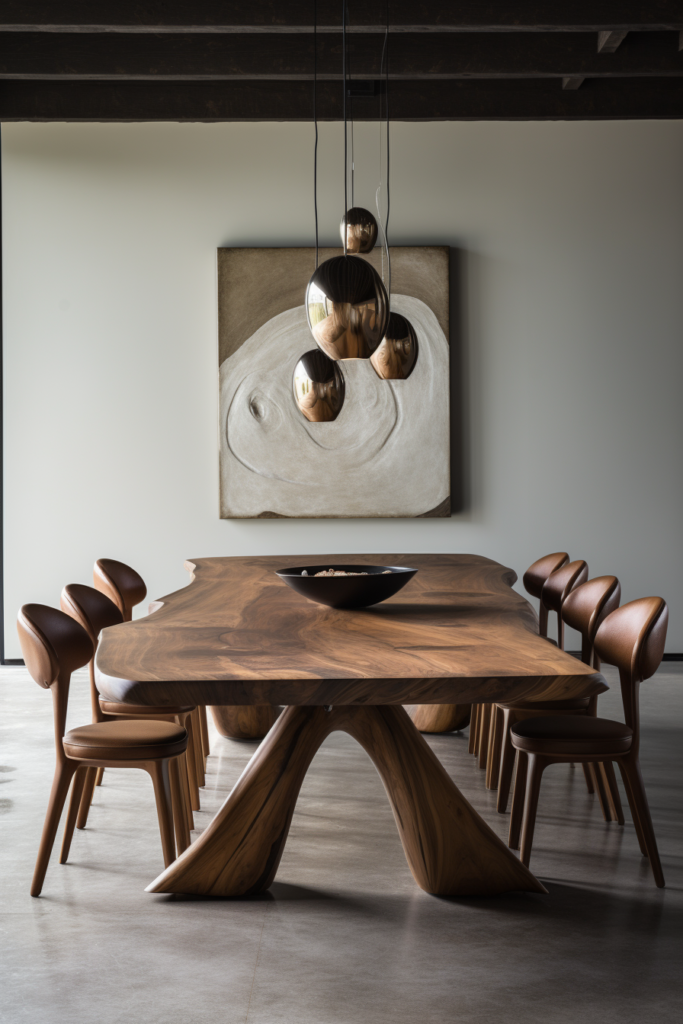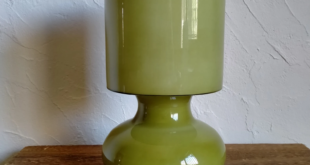
Tables have been a staple in homes and other living spaces for centuries, serving as essential pieces of furniture for dining, working, and socializing. The evolution of tables over time has seen a shift from traditional, ornate designs to sleek, modern styles that prioritize functionality and minimalism. Old tables were often made from solid wood, adorned with intricate carvings and elaborate details. They were typically large and heavy, designed to be the focal point of a room. In contrast, modern tables feature clean lines, simple shapes, and innovative materials like glass, metal, and plastic. These tables are characterized by their versatility and adaptability to various interior design styles, making them popular choices for contemporary homes and commercial spaces. Whether it’s a vintage dining table with a rich history or a sleek, minimalist coffee table, tables continue to play a prominent role in our everyday lives, bridging the gap between the past and the present.
Table design has evolved significantly over the years, with modern designs offering a sleek and minimalist look in comparison to the ornate and intricate styles of old tables. While traditional tables often feature intricate carvings, ornate legs, and detailed embellishments, modern tables prioritize clean lines, simplicity, and functionality. This shift in design aesthetics reflects the changing tastes and preferences of consumers, as well as advancements in technology and manufacturing processes.
One major difference between old and modern tables is the materials used in their construction. Old tables were typically made from solid wood, such as oak, mahogany, or cherry, which provided durability and a timeless appeal. In contrast, modern tables may incorporate a variety of materials, such as glass, metal, or plastic, to create a more contemporary look. These materials offer versatility in terms of design and allow for unique and innovative table creations.
Another key distinction between old and modern tables is their size and shape. Old tables were often large and rectangular, designed to accommodate large gatherings and formal dinners. In contrast, modern tables come in a variety of shapes and sizes, including round, oval, square, and even asymmetrical. This flexibility in design allows for modern tables to be more adaptable to different spaces and functions, making them a popular choice for contemporary interiors.
Overall, the evolution of table design from old to modern reflects changing design trends, consumer preferences, and technological advancements. While old tables exude a sense of history and tradition, modern tables offer a fresh and innovative take on table design. Whether you prefer the classic charm of old tables or the sleek sophistication of modern tables, both styles have their own unique appeal and can enhance the overall aesthetics of any space.
 home decor trends
home decor trends



